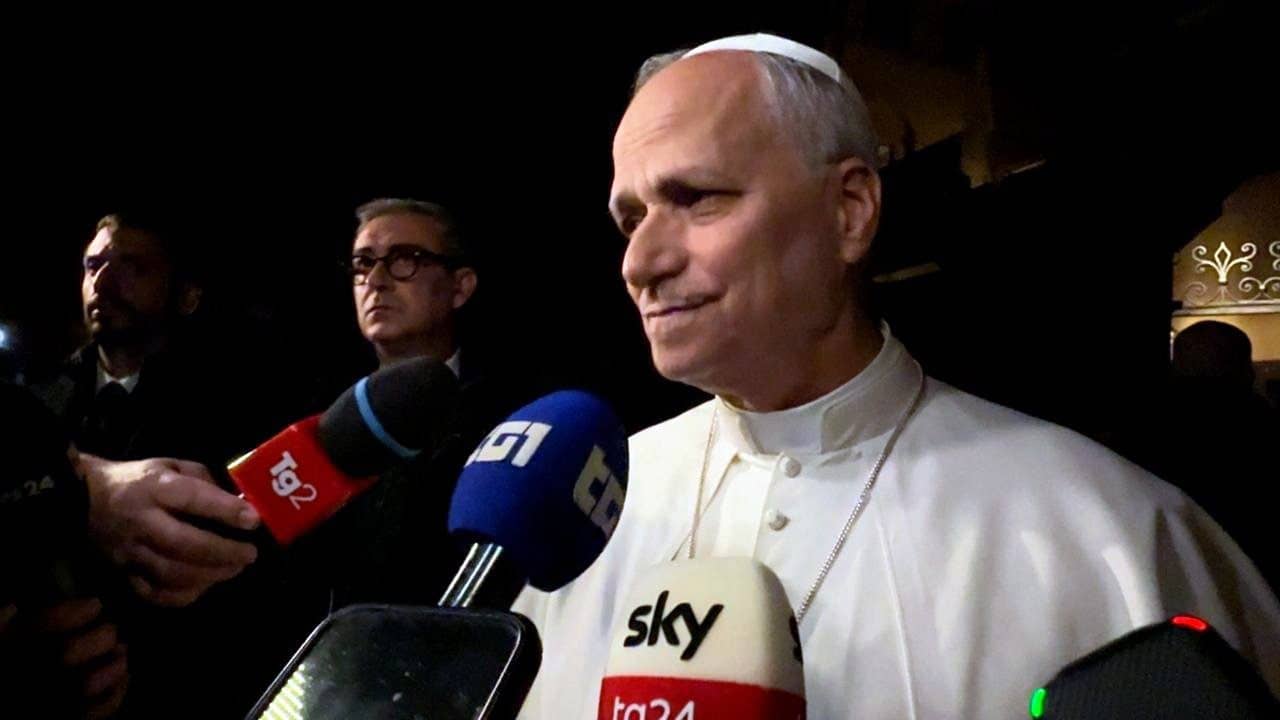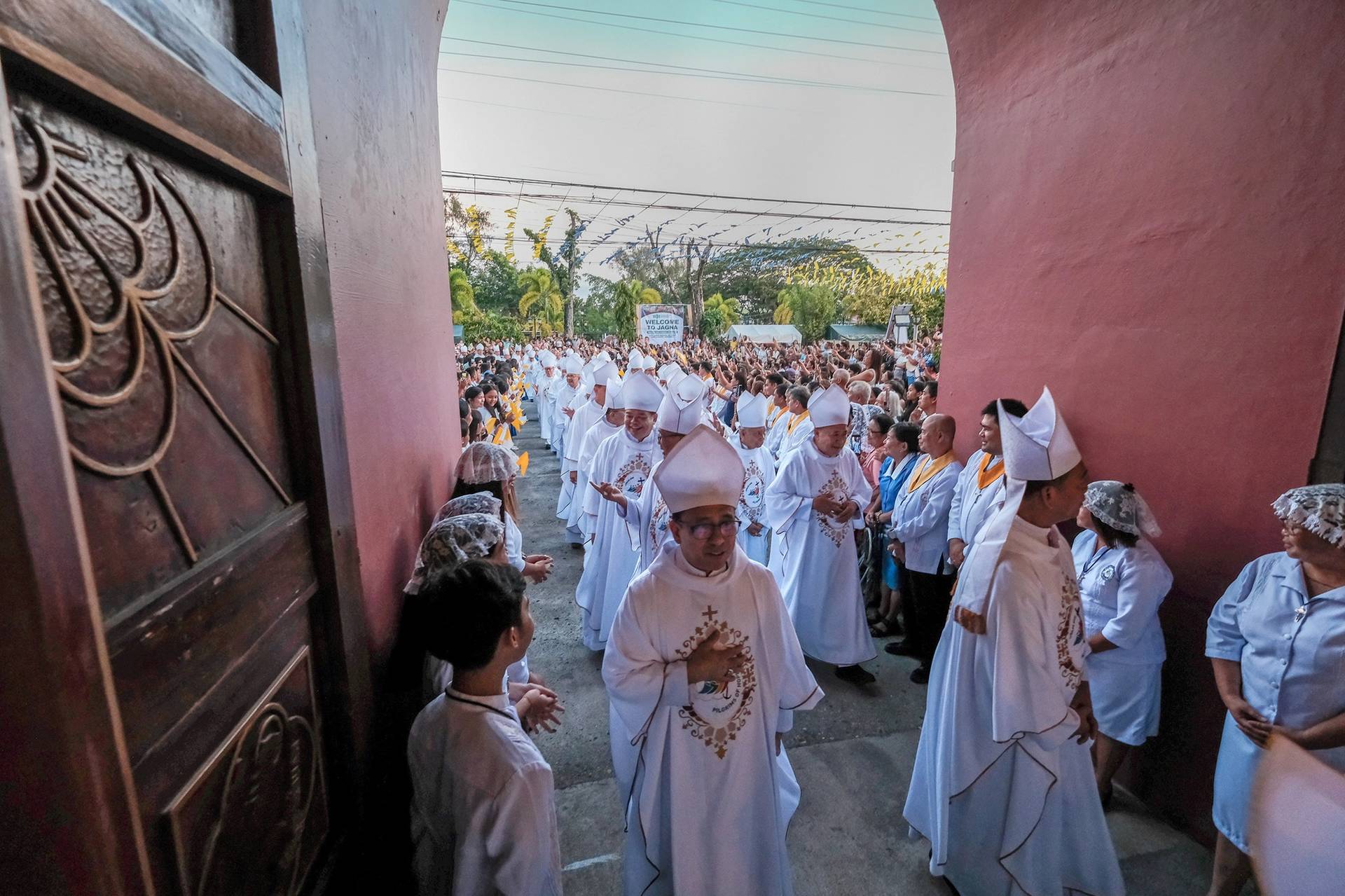One of the great achievements of the liturgical movement in the twentieth century was the recovery of the centrality of the Paschal Mystery of Jesus Christ for Christian life, thought, and practice.
Certainly, the restoration of the Easter Triduum in the 1950s played a key role in the renewed realization of the fulfillment of salvation in the death and resurrection of the Lord. This theme of the Paschal mystery permeates the documents of the Second Vatican Council. It serves as the cantus firmus for the council’s own self-understanding and mission to the world.
Thus the council’s Constitution on the Sacred Liturgy, Sacrosanctum Concilium, professes: “The wonderful works of God among the people of the Old Testament foreshadowed the work of Christ the Lord in redeeming humankind and giving perfect glory to God. Christ achieved his task principally by the Paschal mystery of his blessed passion, resurrection from the dead, and glorious ascension, whereby dying he destroyed our death and rising he restored our life.”
But note: this text teaches something we often tend to overlook: namely, that the ascension of the Lord is an integral moment of his Paschal mystery.
Too often we limit “Paschal mystery” to the death and resurrection of Jesus Christ. But the glorious ascension is not an afterthought, an add-on; it is the culmination of the Paschal Mystery. If Jesus “lives and reigns forever and ever,” as the conclusion of every liturgical prayer confesses, then he “lives” because of his resurrection, but “reigns” because of his ascension.
By bringing his humanity into the very heart of the Godhead, Jesus’ ascension enables his universal salvific presence.
The apostle Peter proclaims this wondrous news, this kerygma, in his famous Pentecostal address to the crowds gathered in Jerusalem for the feast. He concludes with these words: “This Jesus [who had been crucified] God raised up, and of this we are all witnesses. Being therefore exalted at God’s right hand, and having received from the Father the promise of the Holy Spirit, he has poured out that which you see and hear.”
When asked by some who heard him, “what are we to do?”, Peter responds: “Convert, and be baptized every one of you in the name of Jesus Messiah for the forgiveness of your sins and you will receive the gift of the Holy Spirit.”
By his ascension to the right hand of the Father, Jesus becomes the head of his body the Church. For the Holy Spirit, who animates the Church, is the gift of the ascended Christ. Ascension makes Pentecost possible.
Moreover, this gift of the Spirit is not a one-time occurrence, whether at Pentecost or at an individual’s baptism or confirmation. The ascended Lord is the ongoing source of spiritual gifts that enliven and build up his body.
As chapter four of the Letter to the Ephesians teaches: “when he ascended on high … he gave gifts.” The ascension bespeaks the ongoing agency of Jesus “who always lives and makes intercession for us.”
Thus it is shortsighted to consider the ascension as the absence of Jesus, as though he were now away “on sabbatical” until the second coming. Rather, by his ascension, Jesus is present in a new way, liberating men and women through the sacraments for new life in the Spirit.
The presence of the ascended Christ is a transforming presence. It enables those who receive him to become themselves more fully human, by becoming more truly present.
For all the wonders that contemporary technology makes possible, for all the advances in the modes of communication it devises, it also brings, paradoxically, the danger of a new isolation and separation. The most startling manifestation of this danger is two people at a restaurant table, each absorbed in his or her iPhone, oblivious to the presence of the person sitting across from them.
The real presence of Jesus, which the ascension establishes, demands of us concentrated attention and respectful patience. These are qualities not easily cultivated in a world of instant messaging and stress-inducing overload.
To counter our dangerously atrophied physical senses, belief in Christ’s ascension promotes an asceticism that enhances what the spiritual tradition calls “the spiritual senses.” These are eyes that see and tongues that sing the utter goodness and glory of God on the face of Christ Jesus.
In his recent apostolic exhortation, Amoris Laetitia, Pope Francis insisted upon the importance in family life of the “contemplative gaze,” by which we regard and respect the uniqueness and dignity of the other: husband, wife, children, grandparents.
Such a loving contemplative gaze is formed and focused in the school of Eucharistic celebration and contemplation. There, the presence of Christ is discerned by the eyes of faith in the very earthly realities of bread and wine. There, we learn from Christ’s total presence to us to be more fully present to him and to one another.
The magnificent Letter to the Colossians exhorts the first Christians: “seek the things that are above, where Christ is seated at the right hand of God.” It thus posits an ascension vision and practice.
As the rest of chapter three of the letter makes clear, the “things that are above” embrace the Christ-like virtues of love, compassion, forgiveness, and thanksgiving. Such a vision does not remove from this world, but furthers the ongoing transformation of persons in Christ.
Christ’s ascension does not distance the Lord from the world he created and from the people he redeemed. Rather it guarantees his promise: “Behold, I am with you always, even to the consummation of the age.”
Robert P. Imbelli, a priest of the Archdiocese of New York, is the author of Rekindling the Christic Imagination (Liturgical Press)
















